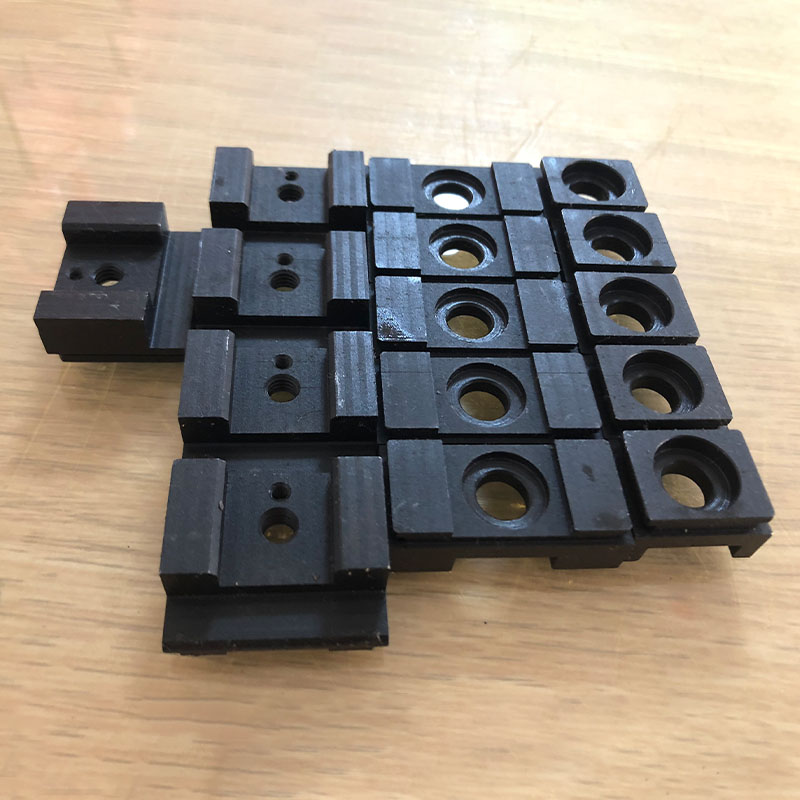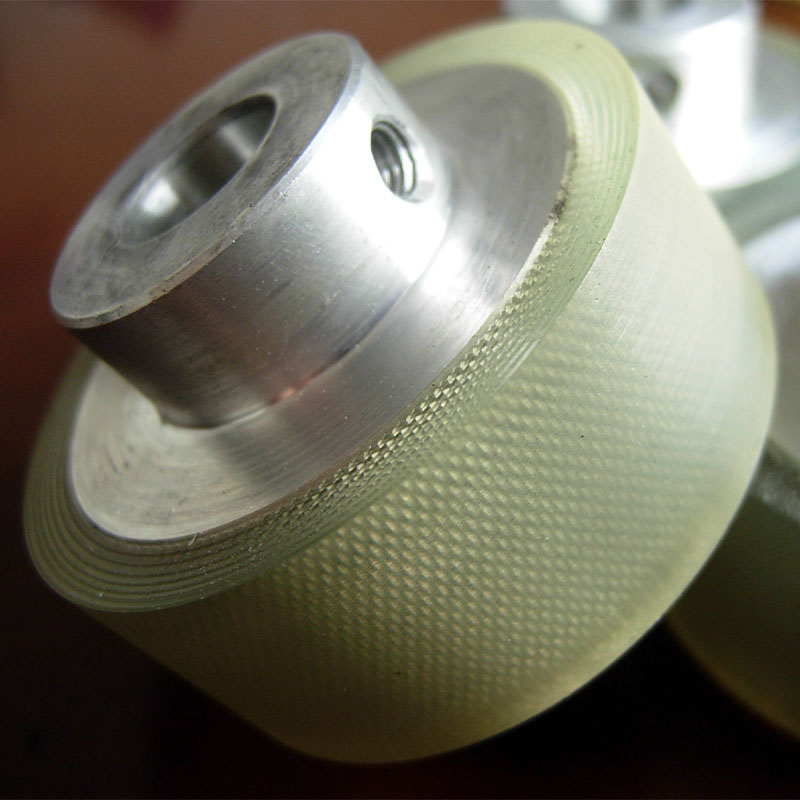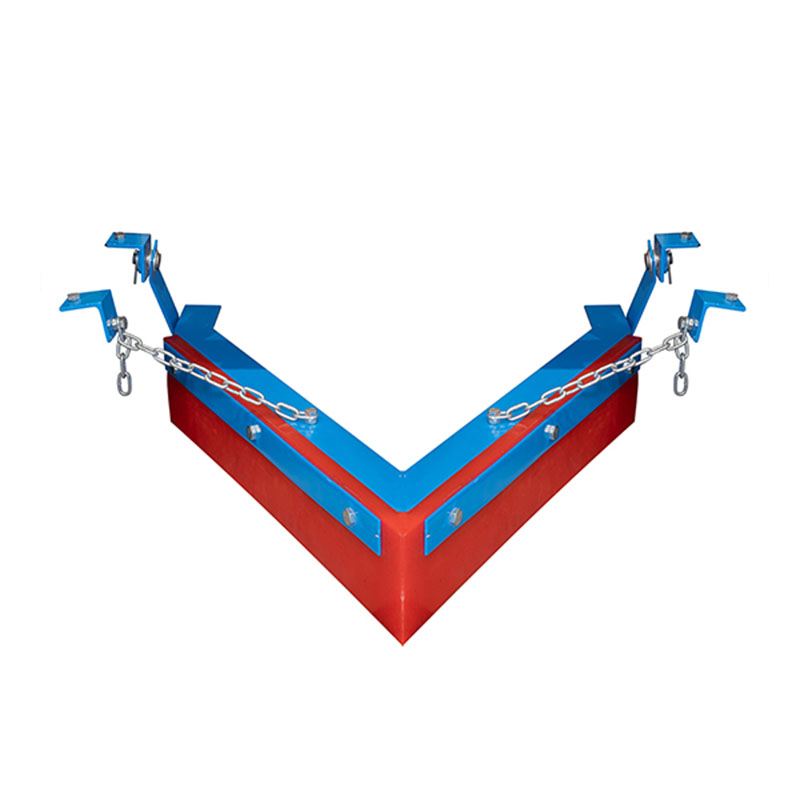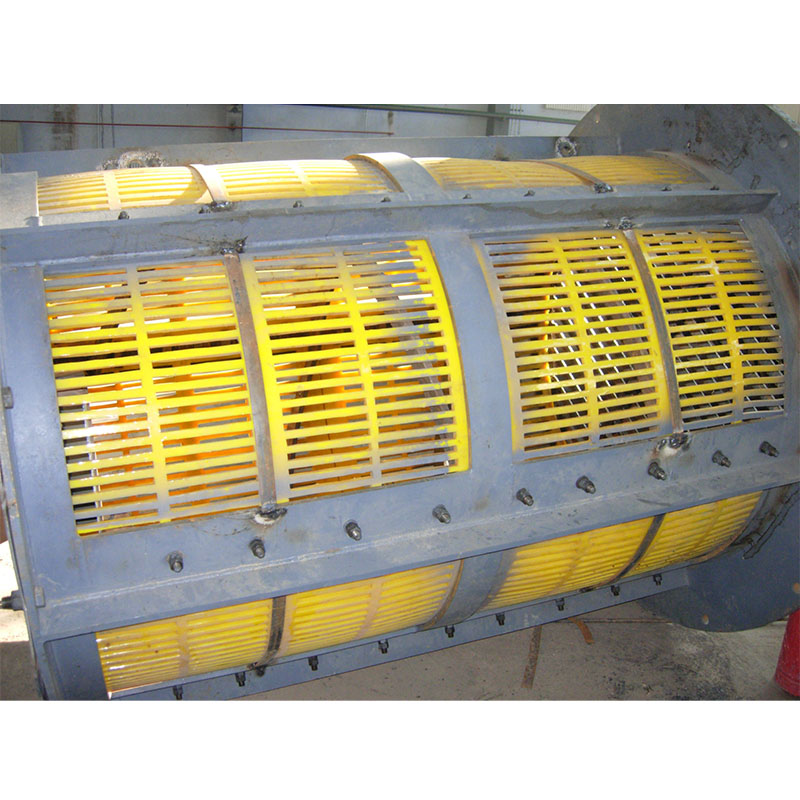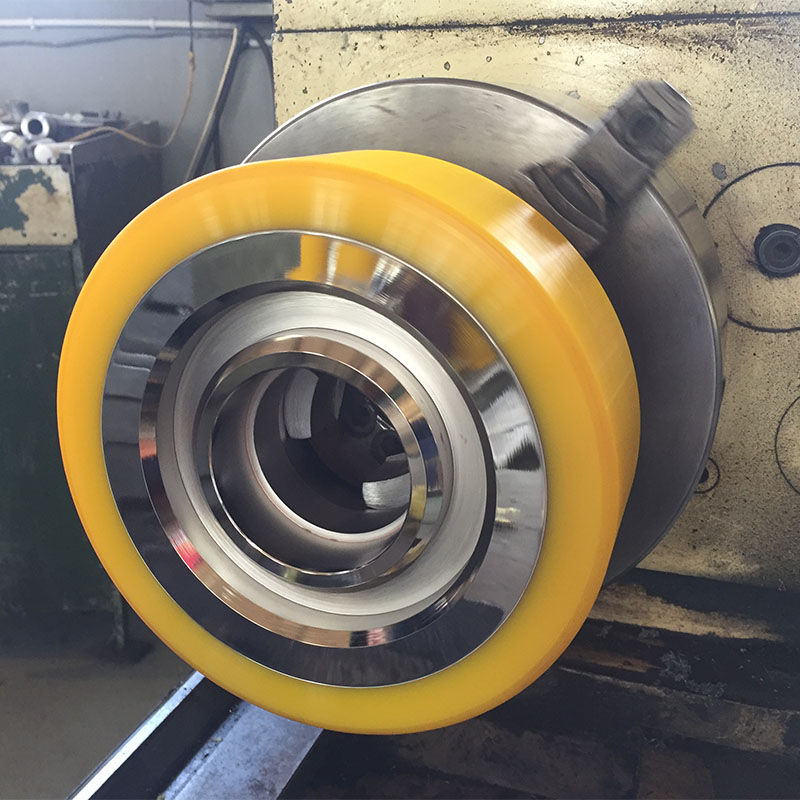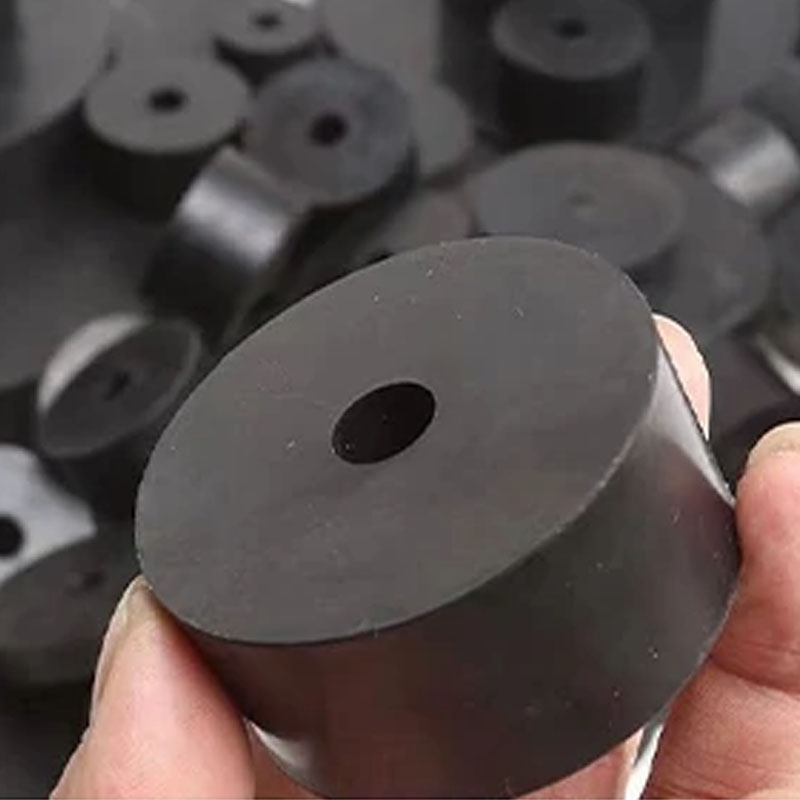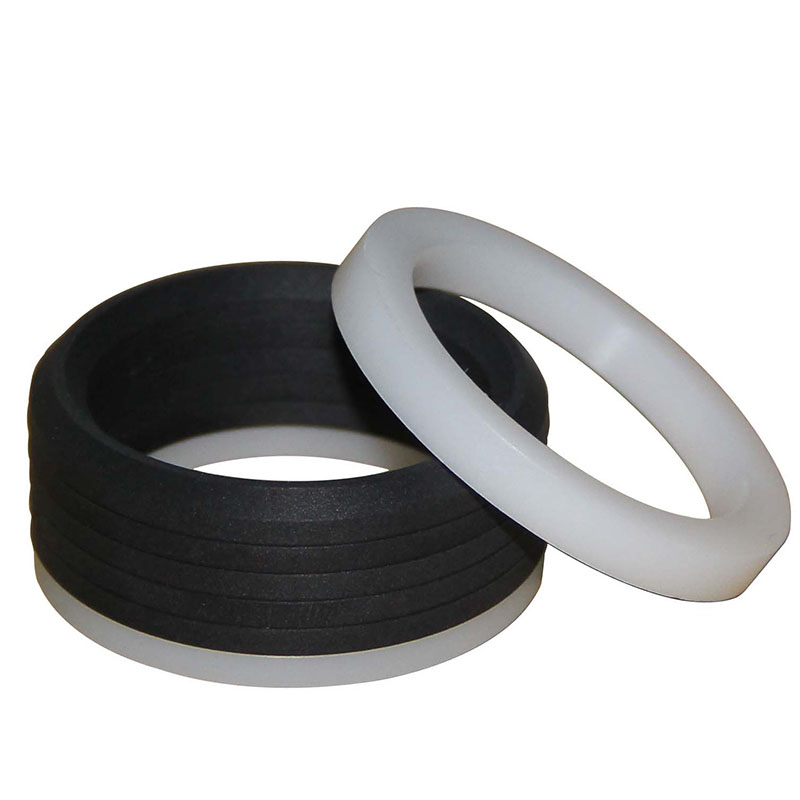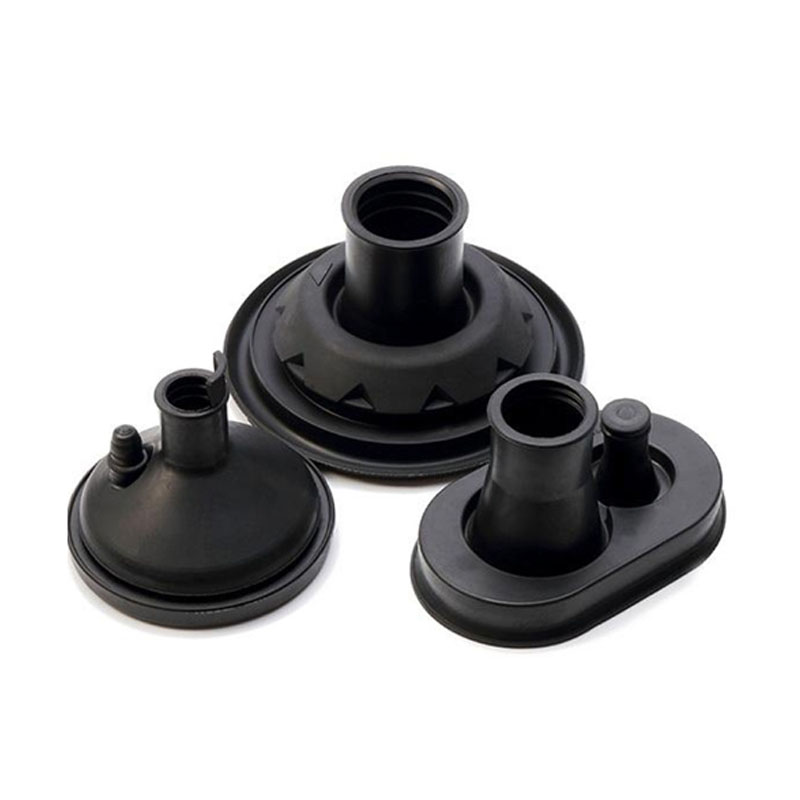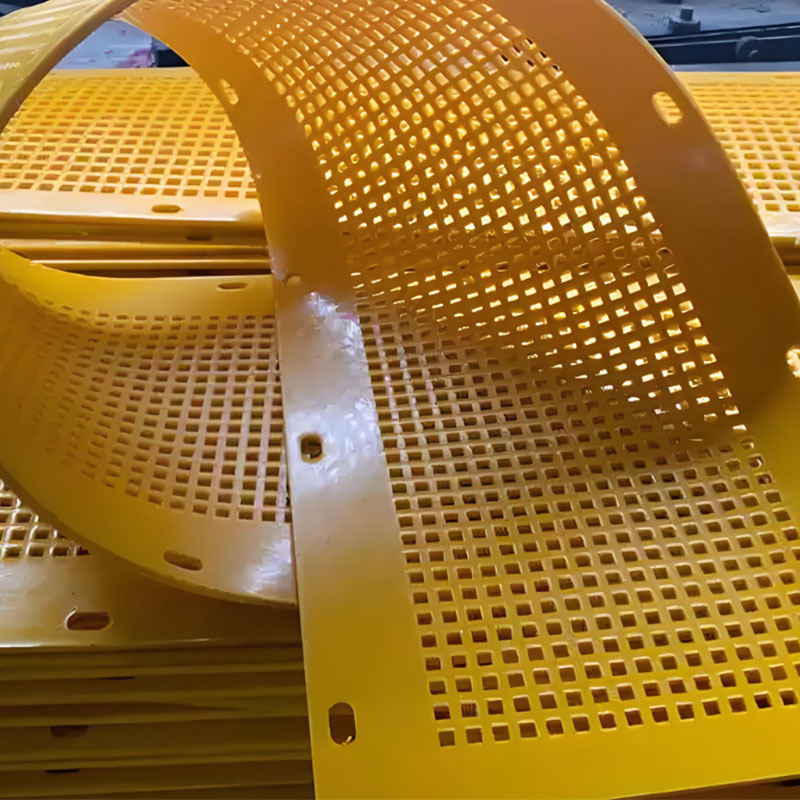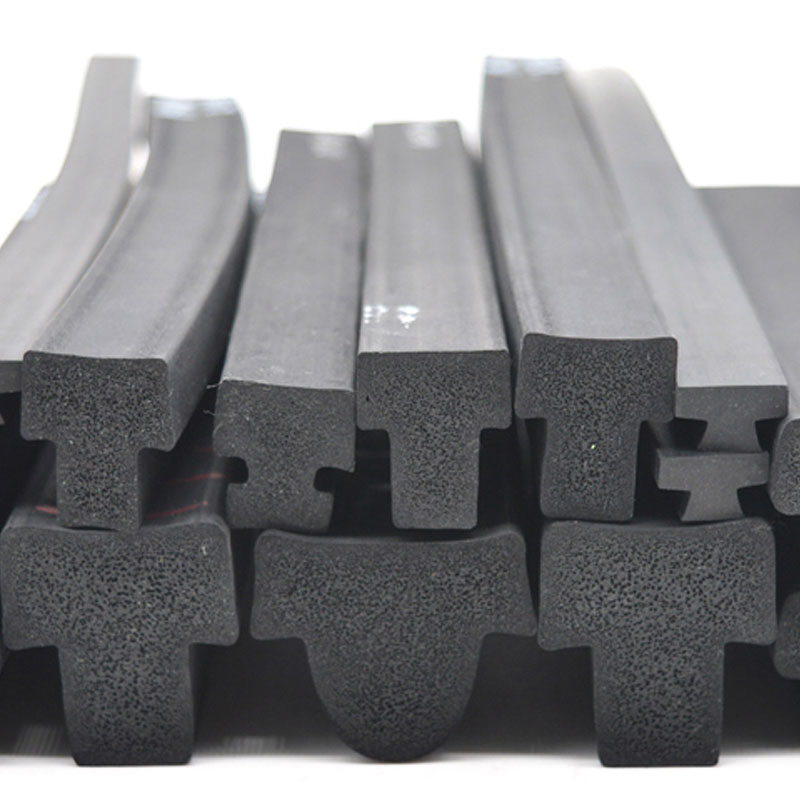
buffer block
Buffer block: data storage in anticipation
A buffer block is a small area of memory that is used for temporary data storage. Imagine a conveyor tape at the factory. While the details move along the conveyor, the buffer block is a small box where the details are stored, waiting for its turn for further processing. Without a buffer block, the process could stop, because one stage of work would wait until the other finishes.
How does a buffer block work?
The buffer block works on the principle of line. The data is received, and the block accepts them. Then, when the other part of the system is ready to obtain this data, the block transmits them. This is very important because the speed with which the data arrives may not coincide with the speed of their processing. For example, you print the text, but the computer processes it a little slower than you type. The buffer unit helps to save the flow of data and prevent the set of setting the set.
Advantages of the buffer block
Using a buffer block can significantly improve performance. Firstly, it smoothes the difference in speed. If one part of the system works faster than the other, the buffer unit will save data without delay. Secondly, it avoids downtime. If one part of the system works slower, the buffer unit provides a reserve, avoiding stopping the entire system. Finally, the buffer unit makes the system more flexible and resistant to failures. If at some point the process is interrupted, the data located in the buffer block can be processed later without loss of information.
Buffer blocks are used not only in computer systems. They are found in a variety of devices and processes, from musical players to traffic control systems. They help to make the operation of systems more smooth and effective, preventing conflicts and delays.
AppropriateProducts
Corresponding products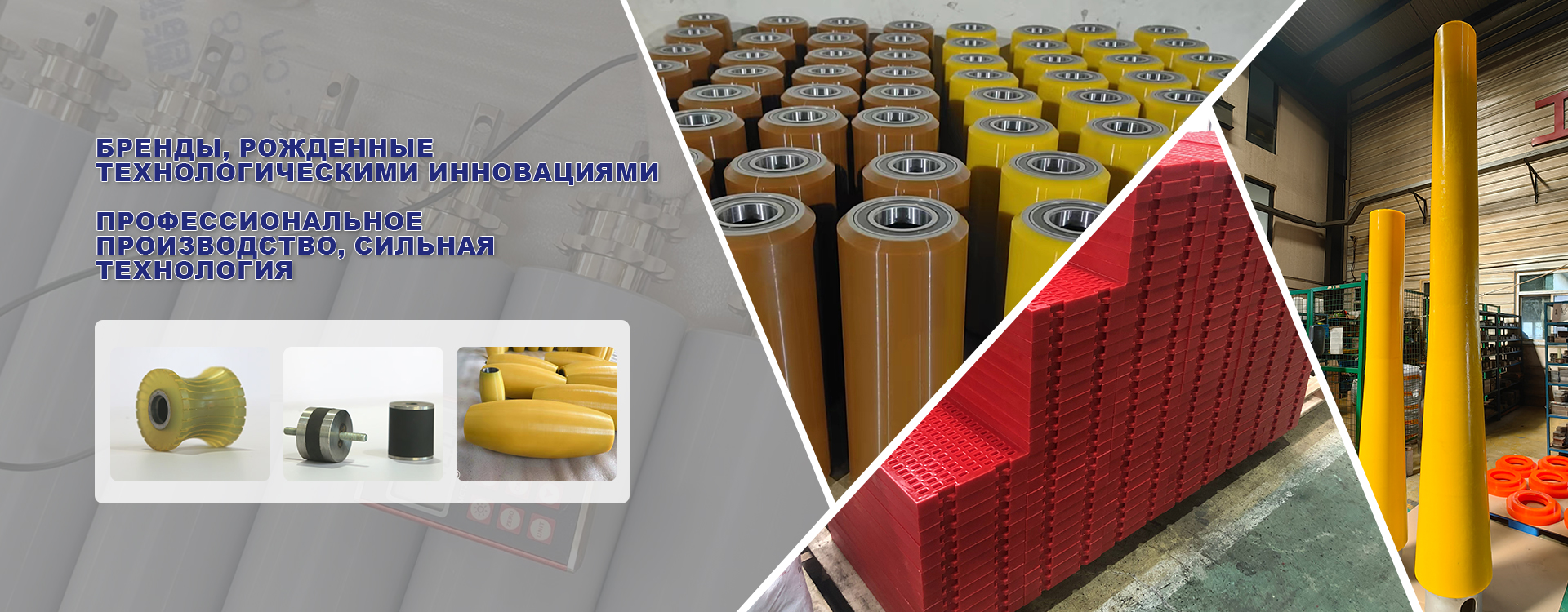
The best soldproducts
The best -selling productsConnectedsearch
Related search- The main countries of the departure of round rings from China
- Suppliers of sealing rings for pipes from China
- A whole -lit wheel of polyurethane supplier
- polyurethane wheel 200 mm plant
- The main suppliers of drive pulleys from China
- Sitty filter manufacturer
- manufacturer of polyurethane buffer for cranes manufacturer
- Chinese manufacturers of the V-shaped air return section of the conveyor tape Cleaner
- The main suppliers of sealing rings 1 from China
- Chinese suppliers Wipping wheels






